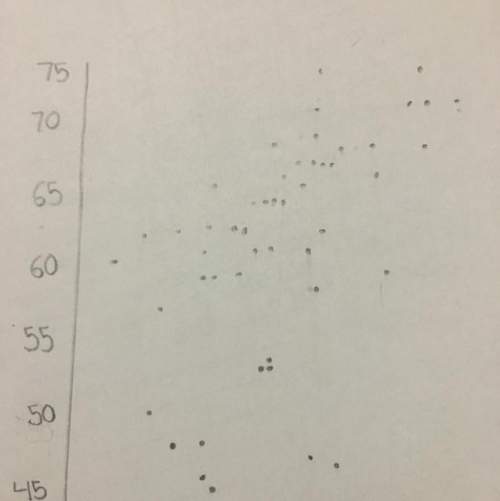
Mathematics, 11.04.2020 02:46 rileyeddins1010
A thirty-year annuity X has annual payments of $1000 at the beginning of each year for twelve years, then annual payments of $2000 at the beginning of each year for 18 years. A perpetuity Y has payment of $Q at the end of each year for 20 years, then payments of $3Q at the end of each year thereafter. The PV of X, Y are equal when calculated using annual effective discount rate of 7.42%.
Find Q.
Round your answer to the nearest cent. Answer in units of dollars.
Your answer must be within ± 0.0%

Answers: 2


Another question on Mathematics

Mathematics, 21.06.2019 15:00
Pete is making decorations for a dinner party. the instructions tell him to use 9 flowers for a medium-sized decoration. complete each statement to adjust the flowers for different-sized decorations based on these instructions.
Answers: 2

Mathematics, 21.06.2019 16:30
Xto the second power plus 14x plus 48. what are the factors? we are doing factoring trinomials with a=1
Answers: 1

Mathematics, 21.06.2019 20:10
Select the correct answer what is the most direct use of a compass in geometric constructions? a. to draw congruent angles b. to draw arcs of a given size c. to draw perpendicular lines d. to draw straight lines reset next next
Answers: 2

Mathematics, 21.06.2019 22:00
If you have 12 feet of string and you cut it into equal length of 5 inches each how much string will be left
Answers: 2
You know the right answer?
A thirty-year annuity X has annual payments of $1000 at the beginning of each year for twelve years,...
Questions

Mathematics, 23.11.2020 23:00

Mathematics, 23.11.2020 23:00

Mathematics, 23.11.2020 23:00

History, 23.11.2020 23:00



Mathematics, 23.11.2020 23:00

Mathematics, 23.11.2020 23:00

Mathematics, 23.11.2020 23:00

Health, 23.11.2020 23:00

Mathematics, 23.11.2020 23:00

Biology, 23.11.2020 23:00

Mathematics, 23.11.2020 23:00




Physics, 23.11.2020 23:00

Mathematics, 23.11.2020 23:00

Mathematics, 23.11.2020 23:00

Mathematics, 23.11.2020 23:00




